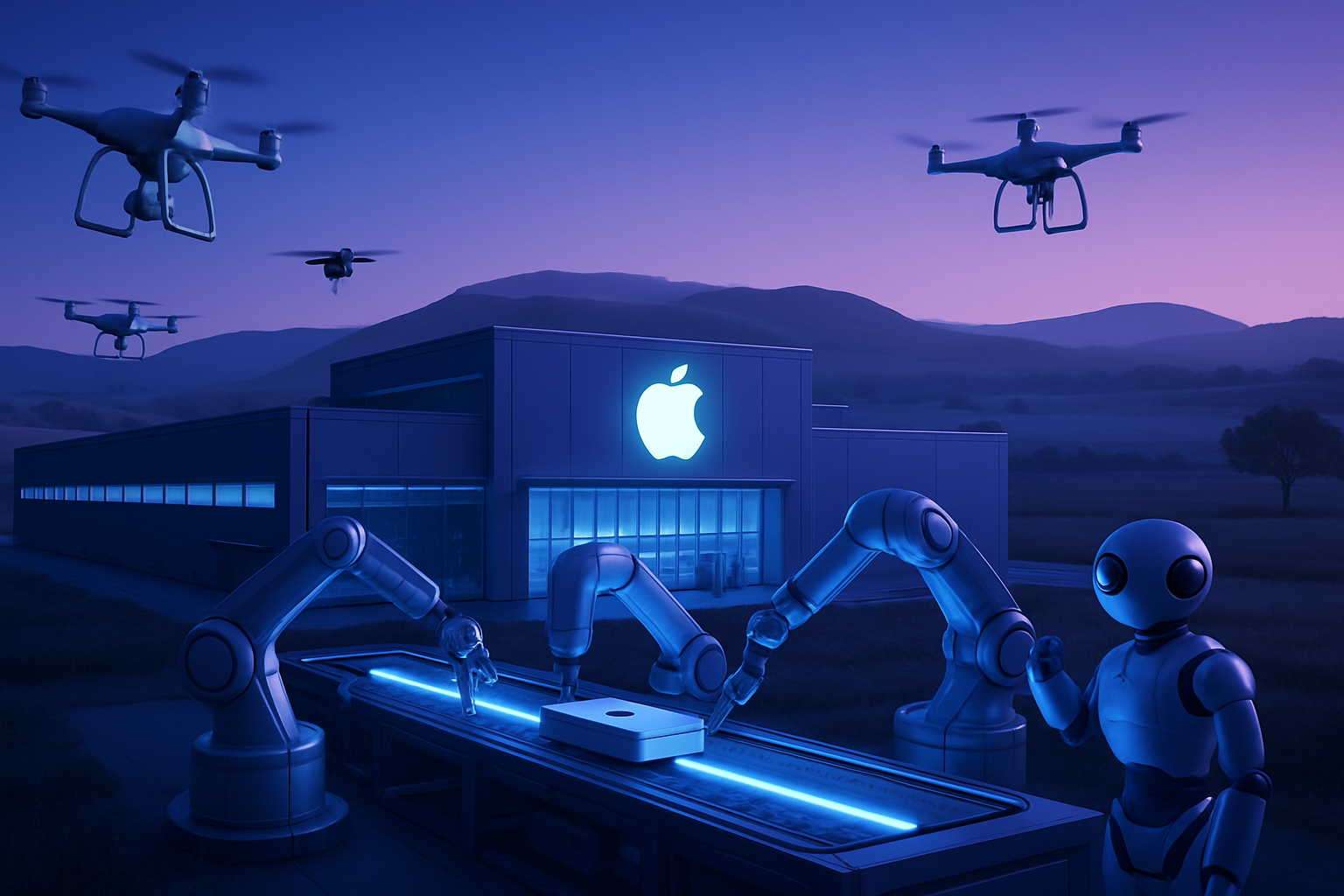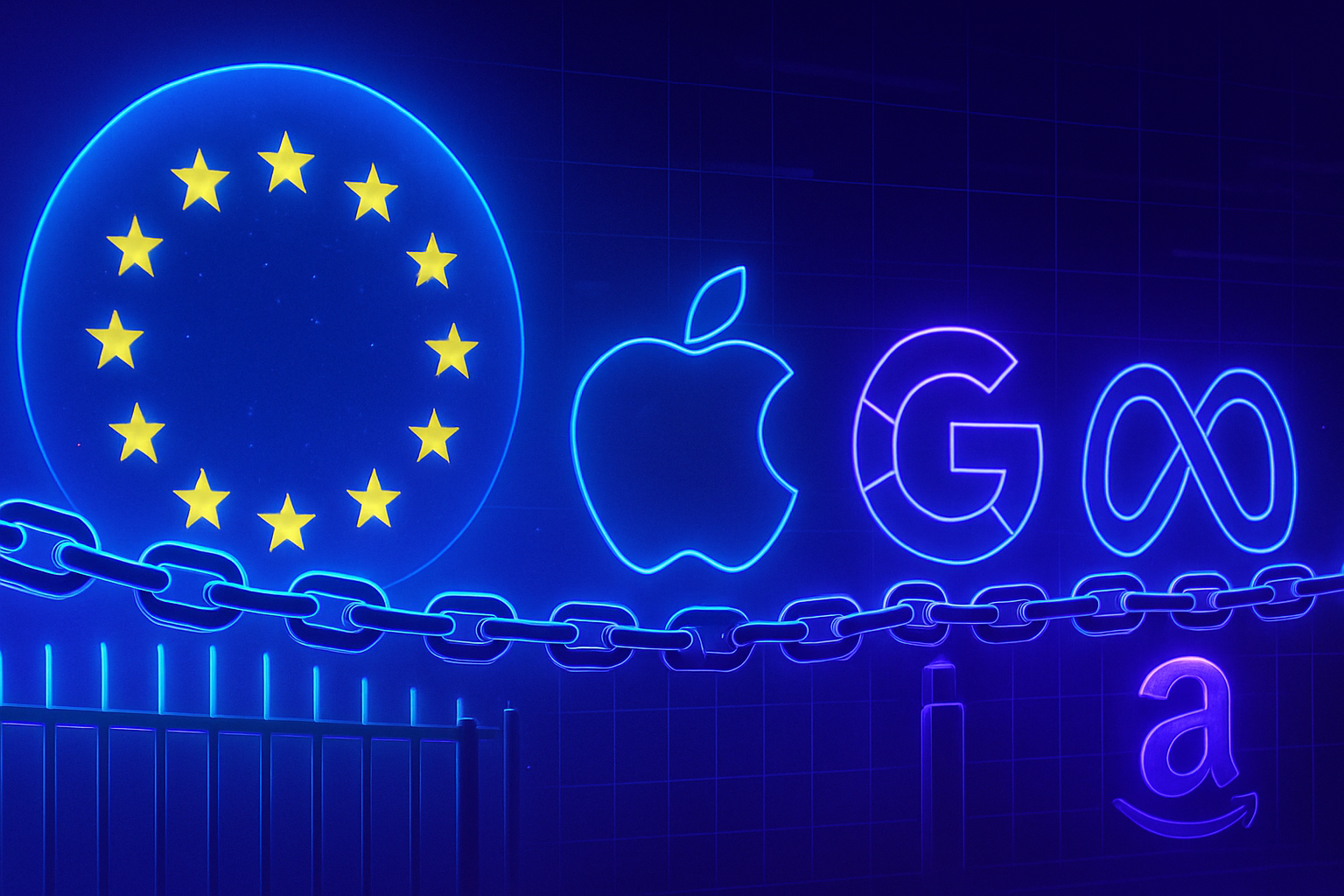The proliferation of false information is among the most concerning challenges of our digital age. The complexity of human interactions, exacerbated by the misuse of technologies, facilitates the dissemination of biased and erroneous content. An innovative approach is emerging, combining textual and visual data analysis to counter this insidious phenomenon. Recent research by a group of experts from Yang Ming Chiao Tung University reveals that a multimodal fusion offers relevant solutions. These advances pave the way for tools capable of detecting fake news with increased efficiency, thereby contributing to the cleansing of information circulating on the web. This quest for the veracity of content reinforces the need for bold initiatives in the fight against misinformation.
Fake News Detection Technology
The spread of fake news on the internet poses a major challenge for contemporary society. Access to and sharing of information has never been so easy, particularly through artificial intelligence (AI) models capable of recreating realistic texts, images, and audio recordings. This dynamic exacerbates the diffusion of biased or misleading content, making the distinction between reality and fiction increasingly complex.
The Challenges of Detection
Recently, researchers from Yang Ming Chiao Tung University, Chung Hua University, and National Ilan University developed an innovative model called a multimodal model. This model is distinguished by its ability to simultaneously analyze textual and visual data, a significant advancement compared to existing monocanal approaches that only process one type of data at a time.
Previous studies mainly focused on examining the individual characteristics of fake news, often neglecting the recognition of multimodal fusions. Current research shows that integrating different modalities of information, such as text and images, can enhance the efficiency and performance of detection models.
How the Multimodal Model Works
The model developed by Lin, Chen, and their colleagues begins with a data cleaning process to effectively extract relevant features. Subsequently, the integration of textual and visual data occurs through various fusion strategies such as early fusion, joint fusion, and late fusion. Preliminary results reveal that this method detects fake news with superior performance compared to established monocanal techniques, such as BERT.
The researchers tested their model using the Gossipcop and Fakeddit datasets, which are frequently used for training fake news detection models. Previously tested monocanal models showed unsatisfactory detection rates of 72% and 65%, respectively.
Model Results
The framework proposed by the researchers processes textual and visual information through data cleaning and feature extraction. The classification of fake news carried out by this model achieved an accuracy of 85% and 90% on the Gossipcop and Fakeddit datasets, respectively. The F1 scores obtained, at 90% and 88%, reveal remarkable performance.
The results vary based on training periods, demonstrating the effectiveness of multimodal fusion in recognizing texts and images. These findings clearly highlight the potential of multimodal models in combating online misinformation.
Future Perspectives
The study’s conclusions encourage further research and development of similar models using multiple modalities. In the future, it may be possible to test this new model on other datasets and realistic data. Such an initiative could contribute to global efforts to reduce online misinformation and strengthen trust in publicly accessible information.
More information: Szu-Yin Lin et al., multimodal text-image fusion model for enhanced fake news detection, Science Progress (2024). DOI: 10.1177/00368504241292685
Scientific source: © 2024 Science X Network
For a deeper understanding of the issues surrounding AI and fake news, relevant articles have been published on societal issues, such as scams using AI and various models of textual analysis, available from reputable sources.
What implications could a defeat of fake news have on society? An article exploring social platform concerns regarding misinformation can be consulted here: source.
Frequently Asked Questions
What is an alternative model for detecting false information?
An alternative model for detecting false information is an innovative approach that uses both textual and visual data to identify and classify misleading content online, thereby improving detection accuracy compared to traditional methods.
How does this multimodal model work?
The multimodal model works by integrating data fusion techniques, allowing for simultaneous analysis of written content and visual elements, such as images, to provide a more comprehensive and accurate assessment of the information presented.
What is the importance of analyzing visual data in detecting fake news?
Analyzing visual data is crucial because images can often convey misleading messages that accompany biased texts, thereby enriching the information to be processed and enabling a more rigorous assessment of the overall content’s veracity.
What data fusion methods are used in this model?
This model uses various data fusion methods, including early fusion, joint fusion, and late fusion, to optimize the integration of information drawn from texts and visuals for improved results in detecting fake news.
What results has this model shown compared to traditional methods?
Results have shown that the multimodal model achieves accuracies of up to 90% on certain tested databases, surpassing traditional single-modal models which only achieve accuracies around 72% to 65%.
What are the implications of this model for combating false information?
The implications of this model are significant, as it offers an effective tool for detecting and reducing the spread of false information on the Internet, which can support broader efforts to combat misinformation globally.
Can the model be applied to other types of online content?
Yes, the model can potentially be applied to other types of content, such as videos and posts on social media, as long as a joint analysis of textual and visual data is possible.
How could this model evolve in the future?
In the future, the model could evolve by incorporating more advanced machine learning techniques, larger and more diverse datasets, and a better approach to local cultural contexts to further enhance its effectiveness in various environments.






